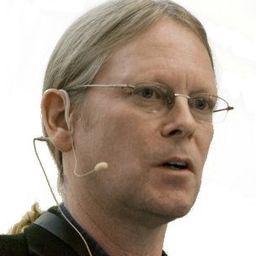The Web of Things - and the Future of Business with Smart Data

My Session Status
Much of the potential of the IoT will be realised through value-added services, but this is being held back by fragmentation and limited interoperability. W3C is addressing this through developing web standards for things that decouple applications from the underlying IoT technologies. Applications will no longer need to be developed around the details of the myriad IoT technologies and standards. This means that developers can create applications more easily, with less effort, especially, when combining IoT devices from different ecosystems.
W3C's standards further enable suppliers and consumers of services to agree on the meaning of the data they exchange through rich semantic descriptions of the kinds of things, their capabilities and relationship to the environment in which they reside. This is based upon W3C's framework for graph data and paves the way to the emergence of the Sentient Web - ecosystems of services with awareness based upon sensors, and reasoning based upon graph data and rules, together with graph algorithms and machine learning.
It looks like it would make more sense for me to talk before Kim as my talk focuses on enabling open markets of services, while his focuses on opportunities relating to leveraging user data.
Future Business With Smart Data
Most companies are on a digital transformation journey. Data created by users of smart products and by IoT devices themselves is key to gaining insight in customer behavior and use patterns, thus enabling the development of new products and services.
But while algorithms and AI begin making increasingly important decisions in central and distributed systems, user data is not only an opportunity. It can also pose a threat. Distribution of ownership is becoming critical.
This keynote discusses how society as a whole and individual users will distribute ownership of user generated data. We will also discuss how companies looking for growth opportunities can leverage data to build more consumer centric products and services.



